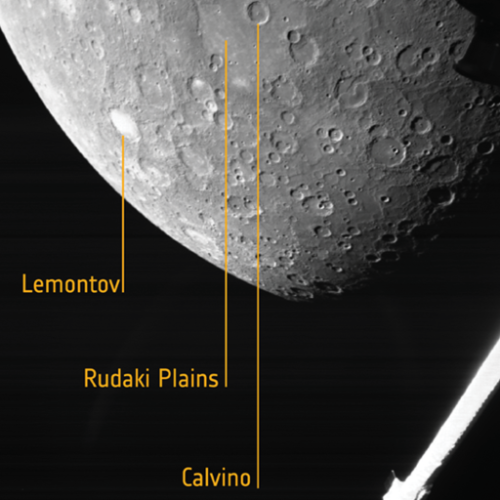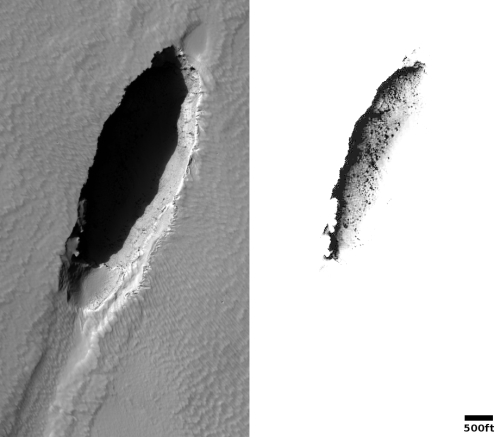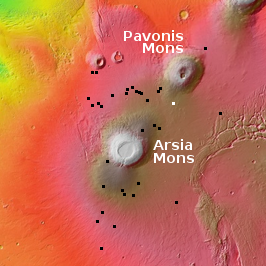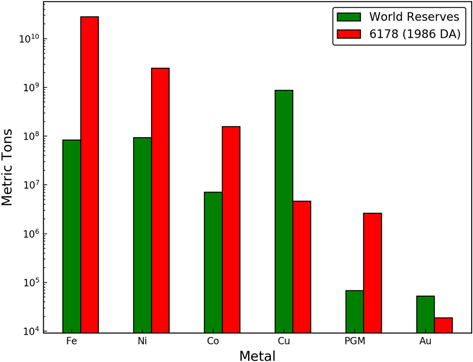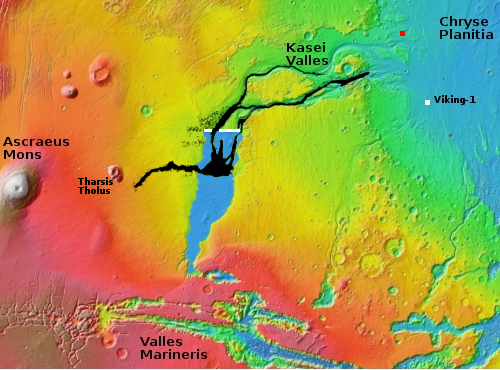Advocacy group in India calls for criminal prosecution of Musk and Starlink
A non-profit advocacy group in India, dubbed Telecom Watchdog, has demanded that the Indian government prosecute Elon Musk and Starlink because it asks for and gets $100 deposits from customers without guaranteeing a specific delivery date for its Starlink internet service.
The organisation further asked the telecom regulator to take effective steps to ensure refund with interest, and reprimand the telecom department (DoT) officials of “inaction” on the prevailing issue. [It also] said that the firm was cheating consumers by accepting pre-orders with a deposit of Rs 7,500 ($100) for yet-to-be-launched service.
It is unclear who funds Telecom Watchdog. I would not be surprised if it is backed by those in India who have also have vested interest in SpaceX’s chief competitor, OneWeb. The Indian company, Bharti Enterprises Ltd, has invested $500 million to OneWeb, which plans to initiate service to India next year. Starlink poses a serious financial threat to that roll-out.
A non-profit advocacy group in India, dubbed Telecom Watchdog, has demanded that the Indian government prosecute Elon Musk and Starlink because it asks for and gets $100 deposits from customers without guaranteeing a specific delivery date for its Starlink internet service.
The organisation further asked the telecom regulator to take effective steps to ensure refund with interest, and reprimand the telecom department (DoT) officials of “inaction” on the prevailing issue. [It also] said that the firm was cheating consumers by accepting pre-orders with a deposit of Rs 7,500 ($100) for yet-to-be-launched service.
It is unclear who funds Telecom Watchdog. I would not be surprised if it is backed by those in India who have also have vested interest in SpaceX’s chief competitor, OneWeb. The Indian company, Bharti Enterprises Ltd, has invested $500 million to OneWeb, which plans to initiate service to India next year. Starlink poses a serious financial threat to that roll-out.



